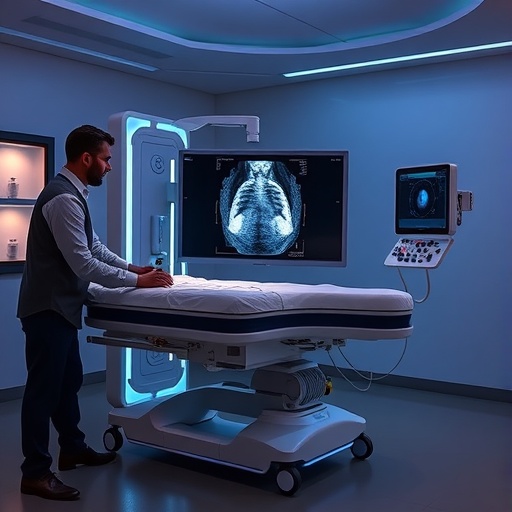Side effects from drugs working in non-target locations within the body can cause debilitating symptoms, often resulting in patients stopping their course of treatment early. But according to an article in Chemical & Engineering News (C&EN), the weekly newsmagazine of the American Chemical Society, researchers are developing strategies to reduce side effects by turning drugs on and off with light in specific locations, such as a tumor.
Contributing Editor Katharine Sanderson points out that using light to treat disease isn't new, but so far, it's typically been applied to skin conditions. For example, with photodynamic therapy, doctors shine light onto the skin to activate a dye in the affected area. The activated dye turns oxygen to a toxic singlet form that kills diseased cells. But in some conditions, such as cancer, affected tissues can be starved of oxygen, potentially reducing the chances that this approach will work.
Now, scientists are developing photoswitchable therapies that take energy from a photon of light to change their structure and treat disease. The therapies aim to go deeper, turning on chemotherapy agents to kill tumors and turning on antibiotics to wipe out bacteria within the body. But the field faces challenges. Some therapies are switched on with UV light, but these wavelengths don't penetrate very far through the skin and can cause mutations. Red and infrared light can go deeper, but they could have less energy, resulting in a drug that is not very potent. Obtaining regulatory approvals also could be complicated, as one drug could be thought of as two different ones because it would have an "on" and an "off" state. Despite these issues, researchers are moving forward, shining a path toward more selective therapies.
###
The article, "Photoswitchable drugs could light the way to more targeted treatments," is freely available here.
The American Chemical Society, the world's largest scientific society, is a not-for-profit organization chartered by the U.S. Congress. ACS is a global leader in providing access to chemistry-related information and research through its multiple databases, peer-reviewed journals and scientific conferences. ACS does not conduct research, but publishes and publicizes peer-reviewed scientific studies. Its main offices are in Washington, D.C., and Columbus. Ohio.
To automatically receive news releases from the American Chemical Society, contact [email protected].
Follow us on Twitter | Facebook
Media Contact
Katie Cottingham
[email protected]
301-775-8455
@ACSpressroom
http://www.acs.org




